Of all the instruments, cello is the closest to my heart.
Growing up, I was the pianist in a household of strings. My mother was an avid amateur violinist and insisted my sisters learn to play violin and viola. I envied their ability to play with others, while I was continually alone on my own.
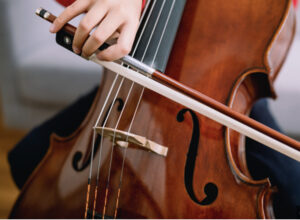 In college, I took up cello in addition to studying composition and piano. At times I studied with Michael Finkle, who, mustached, quirky, was full of joy. Up in a large room on the third floor of the music building we gathered weekly to play cello quartets and octets late into the evening. As a night cap, he turned off the lights and we improvised in the dark.
In college, I took up cello in addition to studying composition and piano. At times I studied with Michael Finkle, who, mustached, quirky, was full of joy. Up in a large room on the third floor of the music building we gathered weekly to play cello quartets and octets late into the evening. As a night cap, he turned off the lights and we improvised in the dark.
Soon I was transcribing Palestrina and Farkas for cello quartet. Later, I wrote a cello concerto for the wonderful Maxine Neuman, and Dark Child Sings, a cello quartet, which she recorded. And of course, many string quartets and piano trios.
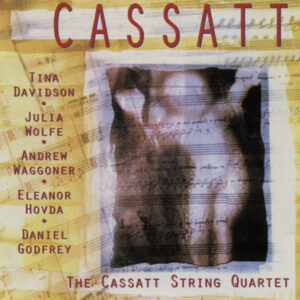 It was Anna Cholakian, the cellist of the Cassatt Quartet, who cemented my love for cello. Delicate and long-haired dark hair, she played with a intensity and passion that belied her small frame. Listen to her play the opening of my string quartet, Cassandra Sings.
It was Anna Cholakian, the cellist of the Cassatt Quartet, who cemented my love for cello. Delicate and long-haired dark hair, she played with a intensity and passion that belied her small frame. Listen to her play the opening of my string quartet, Cassandra Sings.
What exactly is it about the cello that calls to me? The high notes are clear and bell-like, and the low notes have a width and groundedness to them, moist and vibrant.
But mostly, the cello is the only classical instrument where you must open your legs and embrace the instrument to play. The broad back of the cello lightly rests against your sternum, almost touching each knee – it is a full body experience of sound. Sitting squarely, you become a tripod, a solid stance with flexibility of movement. You are the cello. You are the music.
CASSANDRA SINGS
Commissioned by the Kronos Quartet and recorded by the Cassatt String Quartet, “builds to a climax of tremendous richness, throwing out a soundscape that would seem to be much greater than merely four instruments can produce. An extended coda achieves a resolution of sublime dimensions” (Fanfare).
https://open.spotify.com/artist/2y5Z17bEilAiViMp9FMuJh
https://soundcloud.com/tina-davidson-3/dark-child-sings-excerpt?si=e2a81e6079fc486fa1f3960fc99992ba&utm_source= clipboard&utm_medium=text&utm_campaign=social_sharing
 August 4
August 4
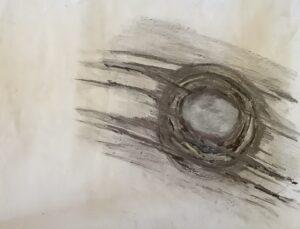 March 31
March 31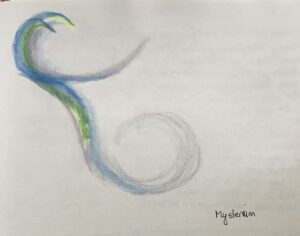
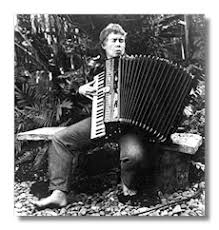 A few days up at the Charles Ives Center for the Performing Arts gives me relief. I am in residence with musician, composer, and maverick
A few days up at the Charles Ives Center for the Performing Arts gives me relief. I am in residence with musician, composer, and maverick 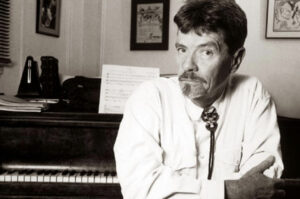 piece is a voyage of technical manipulations involving tape delay and difference tones – those haunting resonances that appear when certain pitches rub against each other.
piece is a voyage of technical manipulations involving tape delay and difference tones – those haunting resonances that appear when certain pitches rub against each other.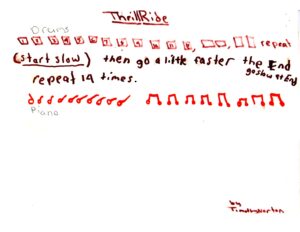 Timothy stands close to me. When I move, he moves. He waits for me to play his piece with him and follows me like a shadow around the room.
Timothy stands close to me. When I move, he moves. He waits for me to play his piece with him and follows me like a shadow around the room.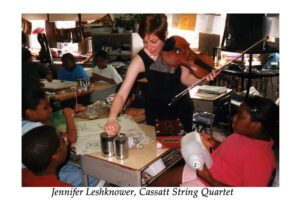 have no composition. I stall, thinking.
have no composition. I stall, thinking.